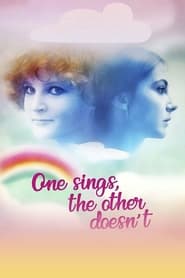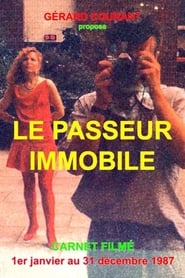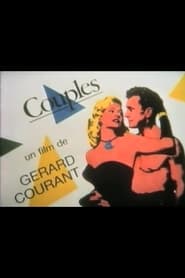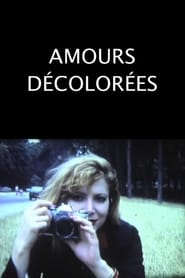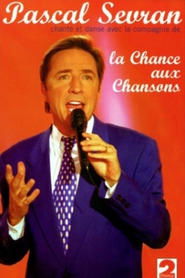Sapho
Sapho (1950) is a French-Moroccan singer. Her real name is Danielle Ebguy. Born in Marrakech, Morocco, Sapho emigrated to France when she was 16. By age 18, she was living on her own in Paris, taking acting lessons, playing guitar and singing on the streets. A short time later, a musician friend convinced her to audition for famed music school, Le Petit Conservatoire de Mireille. Sapho soon abandoned her acting studies in favor of music. Her first LP, Le Balayeur du Rex, was released in 1977 by RCA. After spending a year in New York, where she worked as a French reporter and played in different clubs, she went to London to record her second LP, Janis (1980). Sapho released three albums over the next three years, before taking a brief break to concentrate on a book featuring cartoons from the Brasserie La Coupole in Paris. Sapho returned to music in 1985 with Passions, passons, which saw her leaving the rock sound of her previous albums to embrace the Middle Eastern sounds she had grown up with, leading to a series of concerts at Le Bataclan (Paris). There she began performing her arrangements of songs made popular by the great Egyptian singer Umm Kulthum. The next few years saw Sapho branching out further. Living for a while in Mexico, she released El Sol y la luna, which features a duet with the Argentinian singer, Jairo. She published two novels, was involved in making a film about the children of the Intifada, and performed in a Threepenny Opera, all the while still performing and recording her own music. Starting in 1992, she focused on the music of Umm Kulthum, releasing a full album of that material and touring the world, even performing in Jerusalem in 1994. Her next album, Jardin Andalou (1996), blended rock with Arabic and Andalusian elements. This was followed by Digital Sheikha, a more electronic-based album with Pat Jabbar and the contribution of Bill Laswell, for the Swiss label Barraka el Farnatshi. In 1999, La Route nue des hirondelles was released along with her third novel. She transformed La Route nue des hirondelles into a stage show, which she toured for the next couple of years, while also continuing with the Umm Kulthum material. Returning to composition, Sapho worked and performed in Bagdad, Jerusalem, Nazareth and Gaza before recording Orients (2003) with a classical orchestra made of Jewish, Muslim and Christian musicians. In 2005, accompanied on stage by a flamenco guitarist, she focused on material by famous French songwriter and composer Léo Ferré. In 2006, the album Sapho chante Léo Ferré – Ferré Flamenco followed, featuring a song translated in Darija (Moroccan Arabic dialect). Her latest album, Universelle, in French, English and Darija is a kind of travel through all of her influences, from blues to traditional sounds. Source: Article "Sapho (singer)" from Wikipedia in English, licensed under CC-BY-SA 3.0.
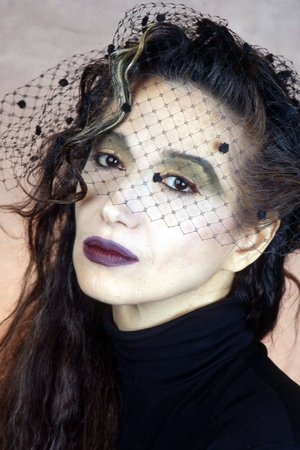
One Sings, the Other Doesn't
as Painted Chorus GirlThe intertwined lives of two women in 1970s France, set against the progress of the women's...
Movie pageLe Passeur immobile
as SelfLe Passeur immobile, which covers the year 1987, is a Booklet filmed stuck between The Days and...
Movie pageCouple
as SelfCouple is a cinematic series of portrait films, which show two persons, who free to do what they...
Movie pageAmours décolorées
as uncreditedAmours décolorées is a cinematographic poem to the glory of Mariola San Martin, model, stylist,...
Movie pageApostrophes
as SelfApostrophes was a live, weekly, literary, prime-time, talk show on French television created and...
TV Show page